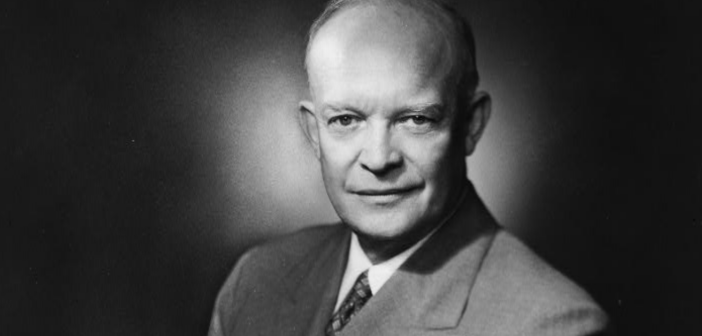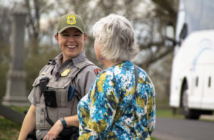Eisenhower National Historic Site
Story and Modern-Day Photography By Jessica A. Rudy
President Dwight D. Eisenhower often said he wished to leave his Gettysburg farm better than he found it. The Eisenhower National Historic Site, located southwest of the historic borough, showcases his dedication to that goal.
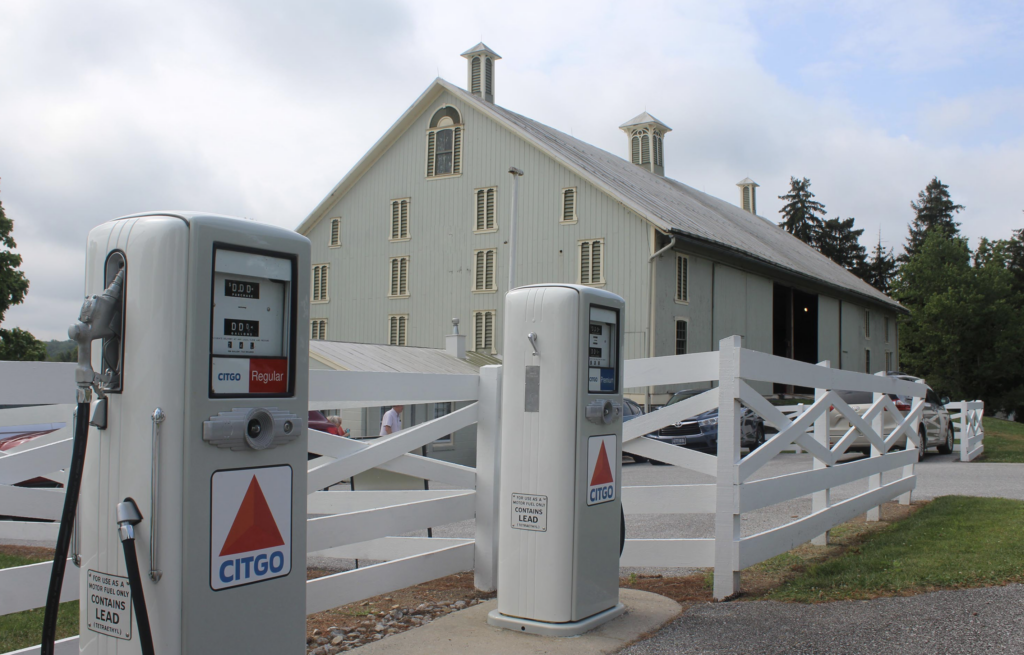

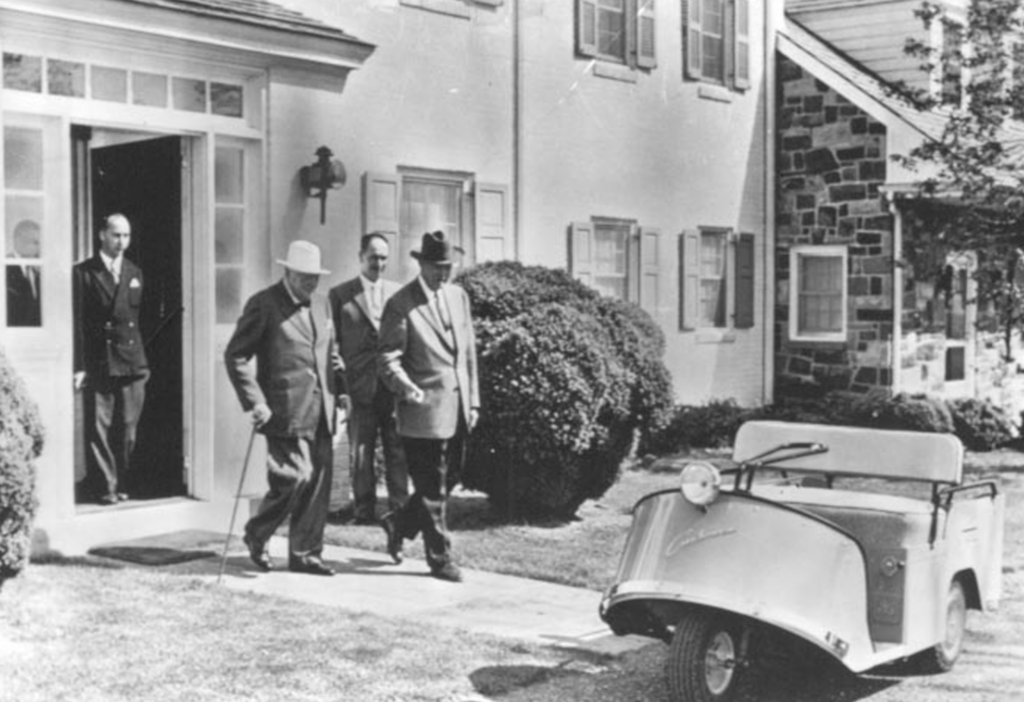
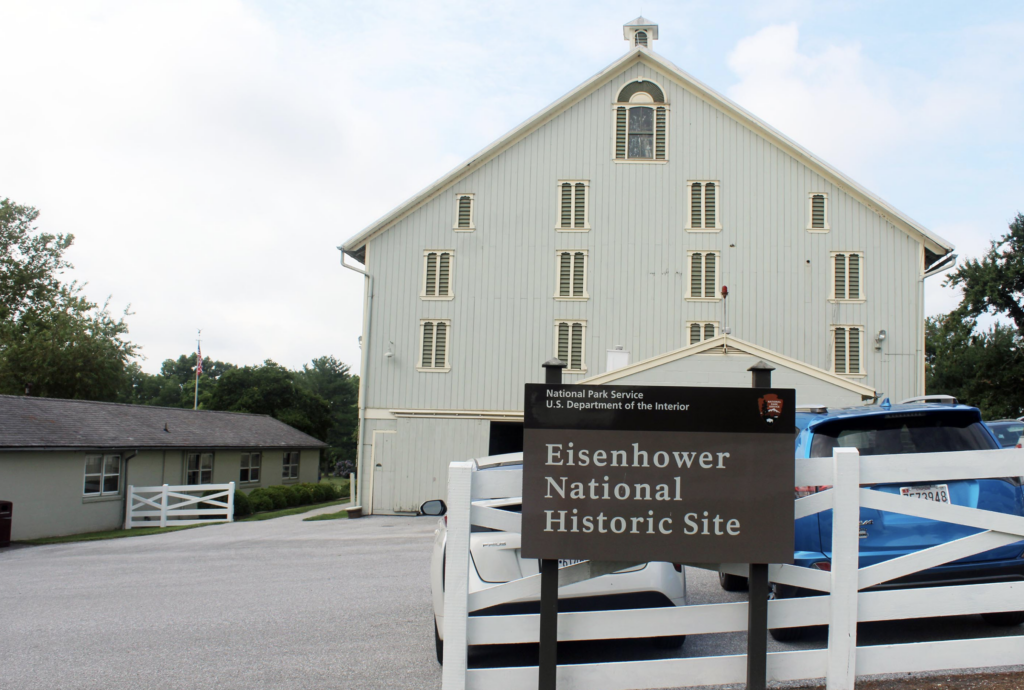
At first glance, a farm in Pennsylvania might seem an odd purchase for the Kansas native. In 2010, grandson David Eisenhower wrote about the choice in Going Home to Glory: A Memoir of Life
with Dwight D. Eisenhower, 1961-1969.
“He had chosen Gettysburg because he felt a connection to the area,” wrote David Eisenhower. “His ancestors had settled near the Susquehanna in 1753.”
David Eisenhower further explained his grandparents lived in Gettysburg in 1918 with their son Doud Dwight “Icky” while Eisenhower commanded the Army tank training facility at Camp Colt. Though Icky later died of scarlet fever, and the couple moved often during Eisenhower’s military career, they treasured their time in Gettysburg.
Planning to retire, the couple purchased the dilapidated 189-acre Redding Farm in 1950. What would become the Eisenhower Farm was the first and only home they owned together.
Eleven years passed before the Eisenhowers enjoyed retirement. First the five-star general and World War II hero needed to conclude his tenure as Columbia University president, then take a turn as the first Supreme Allied Commander of the North Atlantic Treaty Organization (NATO), before being elected 34th president of the
United States in 1952.
Those detours simply gave the couple time to achieve their dreams for the farm. According to the National Park Service (NPS), which operates the Eisenhower National Historic Site, the original farmhouse was in such disrepair that the Eisenhowers completely dismantled and rebuilt the structure. The new house, completed in 1955, integrated portions of the original home while creating a setting for family gatherings—and world diplomacy.
Stewarding the land
Eisenhower was keenly focused on making improvements to the farm. According to the NPS, when he purchased the land, the soil was severely depleted. Under his stewardship, farm managers utilized crop rotation, contour farming and thoughtful land usage to revitalize the soil.
These practices extended to adjoining properties owned by friends to ensure privacy. Crops produced fed the Aberdeen angus show cattle, which were the crown jewel of Eisenhower’s farm for 15 years. The herd gained recognition nationwide, and ribbons earned by the cattle are now on display at the site’s show barn.
Though the property has been owned by the NPS since 1967, and open to visitors since 1980, the Eisenhower National Historic Site remains an active farm modeling practices set by Eisenhower. Angus are often seen roaming the fields, and local farmers lease the land to grow heritage crops.
Farm diplomacy
The revitalized property quickly became a place of rest and retreat for the presidential couple. Shortly after the house’s completion, a heart attack caused Eisenhower to temporarily relocate to Gettysburg. His doctors and aides hoped the setting would offer seclusion and rest.
“[Gettysburg] businessmen insist that no concerted attempt will be made to use the famous couple as a tourist attraction,” reported U.S. News and World Report in its October 14, 1955 issue.
Added press secretary James Hagerty in Newsweek on November 21, 1955: “We’ll try to keep it as private as we can.”
In Eisenhower’s second term, the farm became a backdrop for diplomacy with world leaders, including Soviet Premier Nikita Khrushchev in 1959. Writing about the visit in his 1965 memoir Waging Peace: 1956-1961, Eisenhower recalled introducing the leader to his four grandchildren before taking him on a tour.
“In such surroundings and circumstances Mr. Khrushchev was a benign and entertaining guest,” he wrote. It was a welcome change in mood after tense discussions, and Eisenhower later gave Khrushchev an angus heifer.
A national historic site
Admission to the Eisenhower National Historic Site is free, and parking is located on site. Shuttle service previously available was discontinued a few years ago.
The site’s grounds are open year-round and are a popular place to enjoy stunning views of South Mountain. Farm buildings and the house are open to visitors each spring, summer and fall with a varied schedule of ranger walks, house tours and educational programs.
Visitors may view the 1887 bank barn, the show barn and surrounding outbuildings at their own pace. Eisenhower loved sports and installed a putting green and a skeet range on the property. Various vehicles and tractors are on display as well as the Secret Service’s office.
Tours of the farmhouse wind through the formal living room and past the dining room, with a stop on the porch, where the Eisenhowers spent most of their time. Other highlights include seven bedrooms, a mid-century kitchen, and the president’s den and office.
Children and pets can become NPS Junior Rangers and B.A.R.K. Rangers. Both programs encourage stewardship of resources. Park rangers offer in-person and virtual education programs to school-age groups on topics ranging from the farmhouse to World War II and diplomacy. The park service also offers curriculum guides for educators.
The Eisenhower National Historic Site offers several annual events, including World War II Weekend each September and Christmas-themed displays throughout December. Schedules of tours and special events occasionally change to accommodate preservation and rehabilitation activities. The most up-to-date information on tour schedules, educational programs and operating hours is available at www.nps.gov/eise.
Highlights of the Eisenhower Collection
The Eisenhower National Historic Site’s collection is a vibrant repository of items relating to presidential history and mid-20th century technology and trends. The collection includes a number of unique pieces.
Pedal Car

“I would have to say … that my best discovery was the child’s pedal car and scooter that I found on top of the meat locker in one of the garage stalls,” says Eisenhower National Historic Site Curator Michael Florer. Dated to 1955-1957, the Ford Regence pedal car was used by the Eisenhower grandchildren and featured working lights and a removable windshield.
Playing Cards
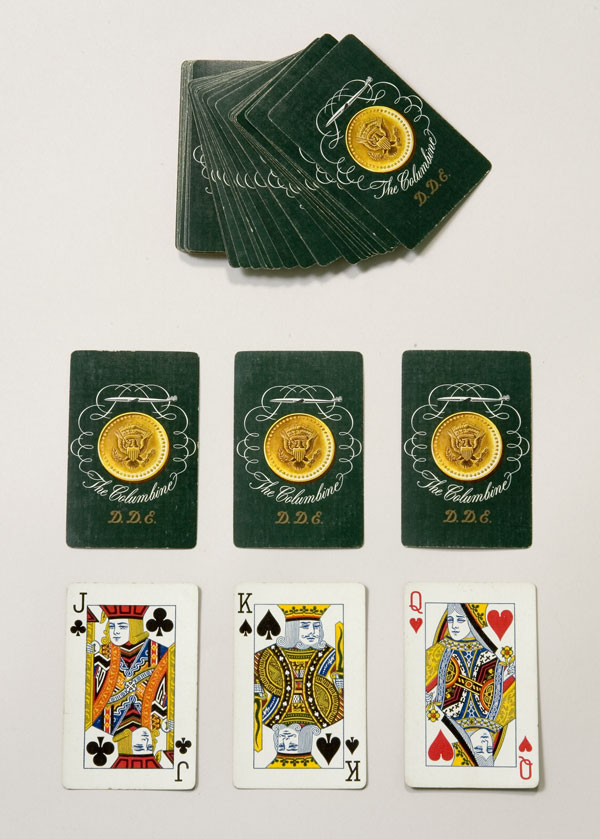
The Eisenhowers loved entertaining and hosting card games, particularly canasta. This deck features the presidential seal and “The Columbine,” the name of the presidential plane.
Landing Light
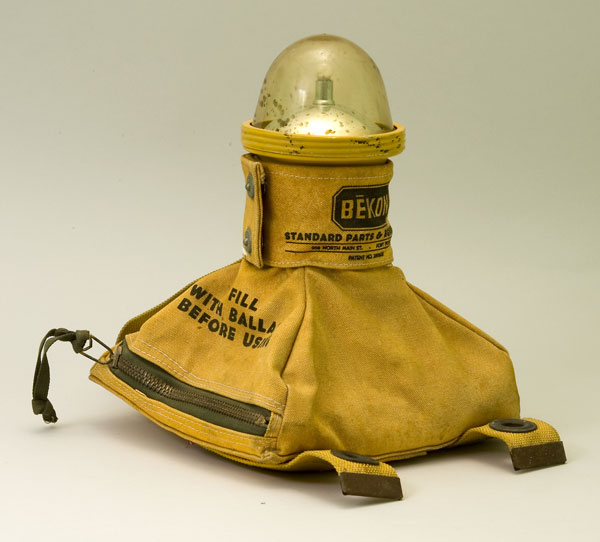
Eisenhower often used a helicopter to commute from the farm to the White House or Camp David. These portable lights could be placed at the helicopter landing pad, located in the grass across the driveway from the farmhouse.
Christmas on the Homefront
It’s a Wonderful Life celebration at the World War II American Experience Museum
The World War II American Experience Museum is hosting a myriad of events surrounding its
It’s a Wonderful Life celebration. The highlight of the event is the original taxi from the popular movie, which the museum will have on display from November 19 to December 30.
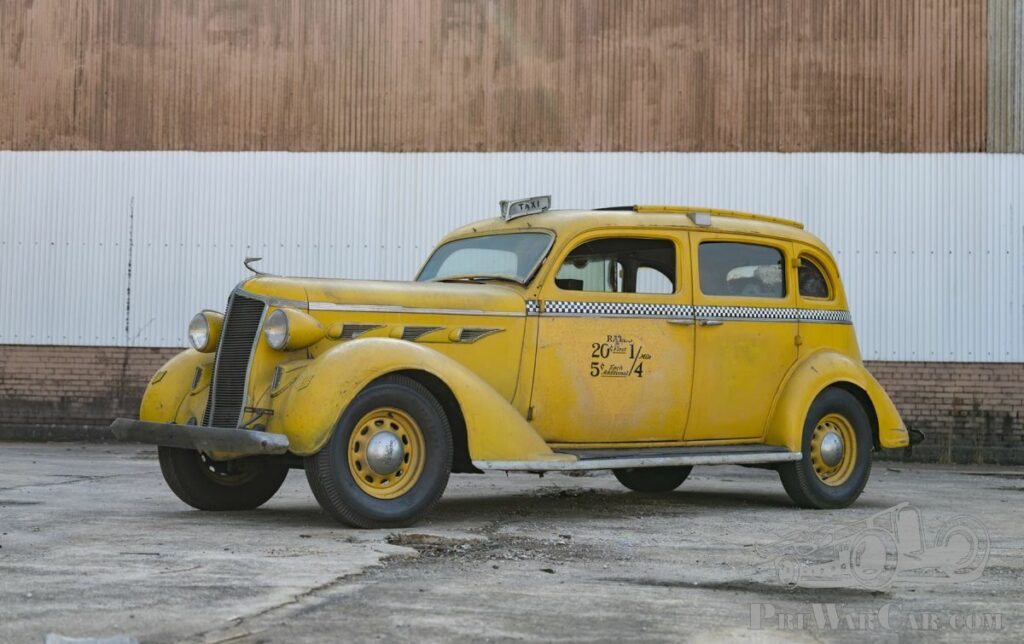
A special all-day event is planned for December 9, during A Gettysburg Christmas Festival. Visit the
museum for photos with Santa and Mrs. Claus, children’s crafts and ornament decorating, and a themed happy hour featuring movie trivia, Christmas-inspired appetizers, beer and wine for purchase and a sampling of the museum’s Major Bailey drink.
World War II American Experience Museum
845 Crooked Creek Road, Gettysburg
Taxi Reveal: November 19
It’s A Wonderful Life Celebration Day: December 9
10 a.m, arrival of Santa and Mrs. Claus
4-7 p.m., themed happy hour

